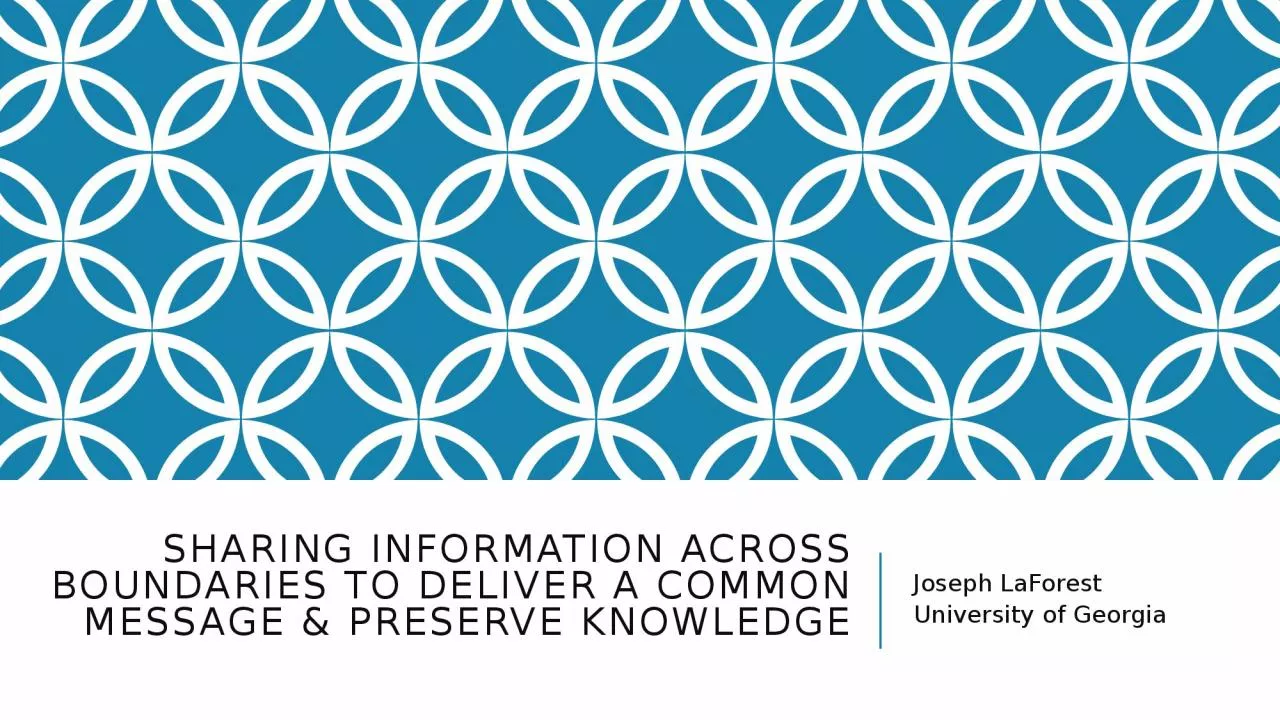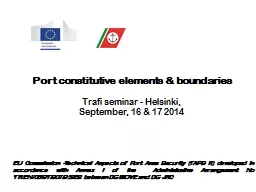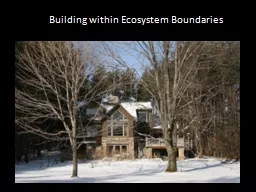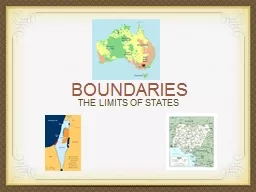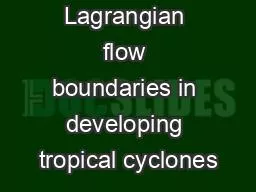PPT-Sharing information across boundaries to deliver a common message
Author : melody | Published Date : 2022-06-15
amp preserve knowledge Joseph LaForest University of Georgia Silos happen Political Boundaries amp Jurisdictions Organizations amp Companies Platforms amp Formats
Presentation Embed Code
Download Presentation
Download Presentation The PPT/PDF document "Sharing information across boundaries to..." is the property of its rightful owner. Permission is granted to download and print the materials on this website for personal, non-commercial use only, and to display it on your personal computer provided you do not modify the materials and that you retain all copyright notices contained in the materials. By downloading content from our website, you accept the terms of this agreement.
Sharing information across boundaries to deliver a common message: Transcript
Download Rules Of Document
"Sharing information across boundaries to deliver a common message"The content belongs to its owner. You may download and print it for personal use, without modification, and keep all copyright notices. By downloading, you agree to these terms.
Related Documents

